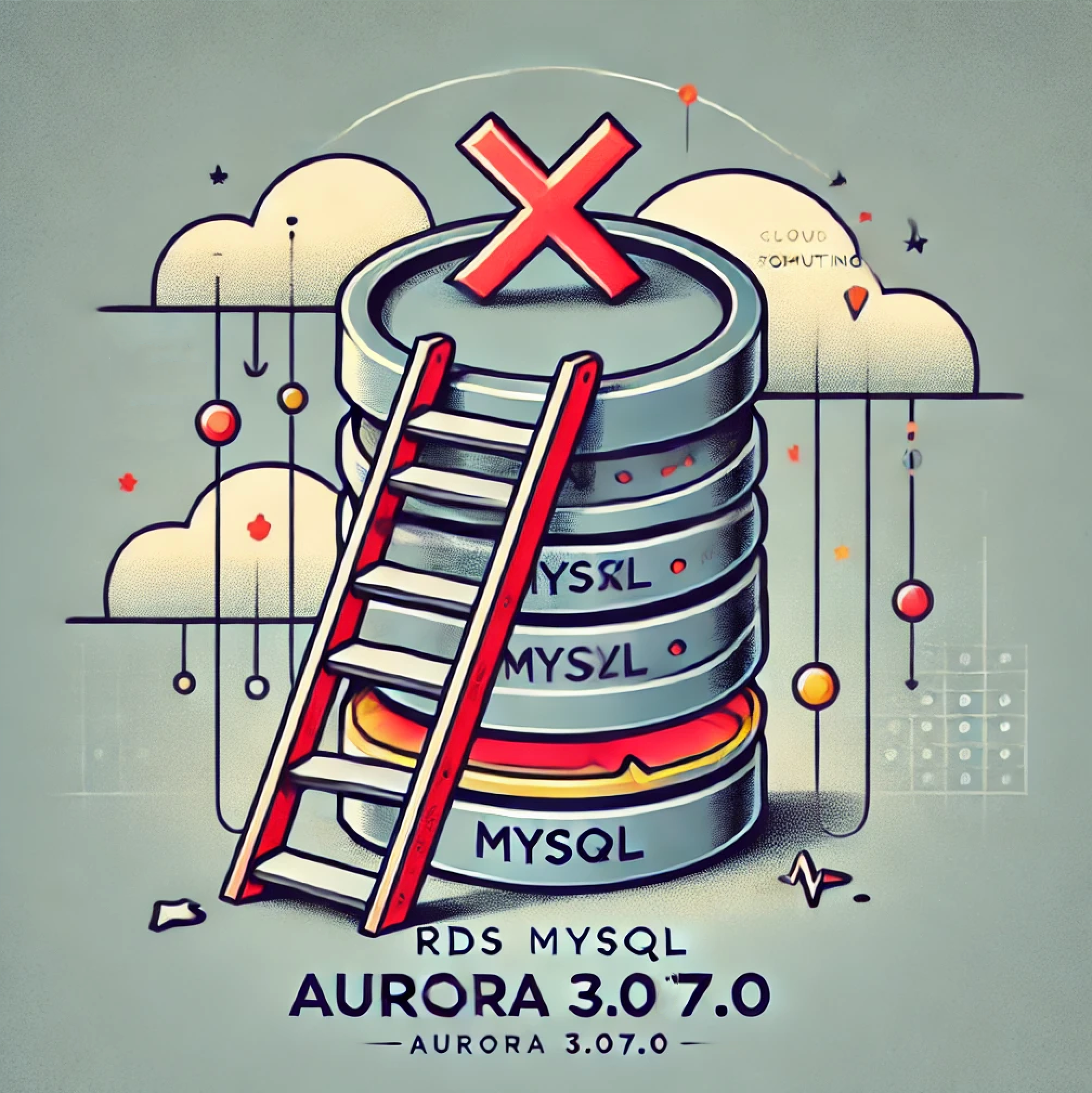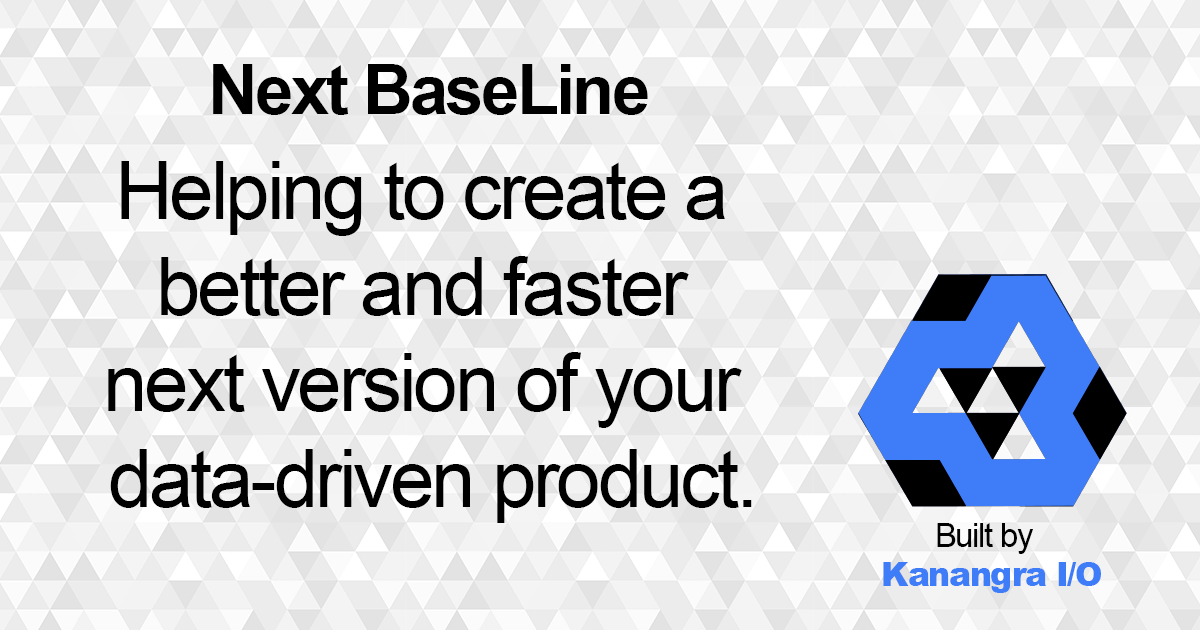Blog
Migrating off of WordPress - A Simplified Stack
The ongoing drama between Wordpress v WP Engine continues to cross my reading list, but I have permanently removed WordPress from my website. I have finally transitioned away from the complex Linux/Apache/MySQL/PHP (LAMP) stack required for self-hosting WordPress on my professional website.
Read moreWeSQL Introduction – MySQL running on S3
I recently became aware of WeSQL . A MySQL-compatible database that separates compute and storage, using S3 as the storage layer. The product uses a columnar format by default which is significantly more space-efficient than InnoDB.
Read moreManaging SQL Drift: Ensuring Stability in Database Transitions
SQL drift is a significant challenge that occurs when SQL statements from an existing system produce unexpected results after migration to a new environment or system. These issues manifest in several critical ways: SQL statements may generate new execution errors, experience significant performance degradation, or yield differences in data integrity.
Read moreRDS MySQL Aurora 3.07.0 is unusable for upgrades
Yesterday I detailed an incompatible breakage with RDS MySQL Aurora 3.06.0 , and one option stated is to upgrade to the just released 3.07.0. Turns out that does not work. It is not possible to upgrade any version of AWS RDS MySQL Aurora 3.
Read moreDatabase testing for all version changes (including minor versions)
We know that SQL statement compatibility can change with major database version upgrades and that you should adequately test for them. But what about minor version upgrades? It is dangerous to assume that your existing SQL statements work with a minor update, especially when using an augmented version of an open-source database such as a cloud provider that may not be as transparent about all changes.
Read moreAre you patching your AWS RDS MySQL 5.7 EOL databases?
Recently, I noticed a second AWS RDS MySQL 5.7 version available 5.7.44-rds.20240408. Curious what this was as 5.7.44 is the only RDS 5.7.x EOL version available, I launched an instance to discount this as errant metadata.
Read moreThe curse of MySQL warnings
MySQL warnings are an anti-pattern when it comes to maintaining data integrity. When the information retrieved from a database does not match what was entered, and this is not identified immediately, this can be permanently lost.
Read moreWhat happened to Digital Tech Trek Digest?
I started 2024 with several goals. The first goal was to iterate over some weekend project ideas and actually deploy them. These were never designed to make money or have widespread value; they were an exercise in iterating over an idea in preparation for a larger project.
Read moreDigital Tech Trek Digest [#Issue 2024.12]
Falsehoods programmers believe about time zones If I told you there was a timezone 30 minutes past the hour, would you believe me? In a small section of Western Australia, there is.
Read moreDigital Tech Trek Digest [#Issue 2024.11]
In his Newsletter Solopreneur Ian Nuttal writes, “I sold my startup (again).” In 4 months URL Monitor scaled far beyond what I expected: 550+ customers 2 million indexed pages 17 million pages monitored
Read moreDigital Tech Trek Digest [#Issue 2024.10]
Google advances with vector search in MySQL, leapfrogging Oracle in LLM support As the title states, GCP is the first MySQL-managed service to offer “vector” support. Clearly the buzz-word of 2024 along with RAG, genAI and LLM is so 2023.
Read moreDigital Tech Trek Digest [#Issue 2024.09]
As an entrepreneur, pricing is an important consideration in any evaluation, development, and customer testing. In How To Price A SaaS Product , we see different pricing strategies, cost-based pricing, competitor-based pricing, penetration pricing, value-based pricing, freemium pricing.
Read moreDigital Tech Trek Digest [#Issue 2024.08]
The One Billion Row Challenge Shows That Java Can Process a One Billion Rows File in Two Seconds Well, it’s way under 2 seconds for the 1brc . The published results are in, and if you’re good, you can read 1 billion data points of weather data and analyze it.
Read more







